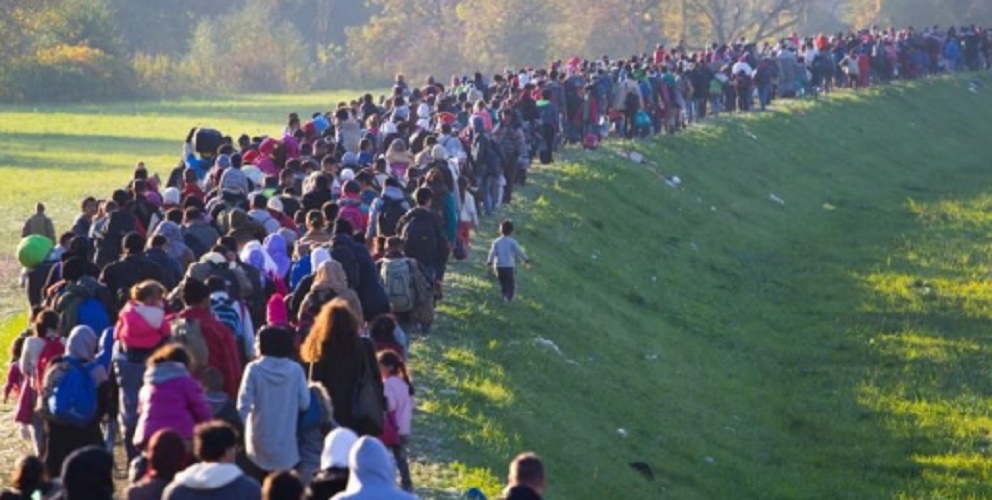What is human geography?
We explain what human geography is, its branches, characteristics and examples. In addition, differences with physical geography.
-
What is human geography?
The second major division of Geography , along with physical geography, is called humans geography or anthropogeography . It deals, unlike the latter, with the spatial study of human societies and their relations with the environment . That is, it focuses on the unnatural aspects of planet Earth, as a kind of “humans ecology.”
Its initiator was the German Karl Ritter (1779-1859) and his successor, the French Élisée Reclus (1830-1905). The first written work of the discipline appeared in the 19th century, with the name of Anthropogeography and was the work of the German Friedrich Raztel (1844-1904), considered as one of its founders.
The methodologies used in humans geography are similar to those of general geography, being in themselves extremely diverse, both qualitative and quantitative. It is common to see the use of case studies, surveys, statistical analyzes and mathematical models , always depending on the specific topic of the study and the auxiliary disciplines used.
-
Branches of human geography
Human geography includes, among others, the following fields of study:
- Population geography , which studies the humans distribution on the earth’s surface, and the historical processes that determine it.
- Economic geography , focused on economic patternsand their history , and especially the distribution on Earth of economic factors, be they raw materials , industrial centers, etc.
- Cultural geography , which studies the way in whichhuman culture is linked to its geographical location and how the latter determines its exchange patterns.
- Political geography , focused on the study of political spaces: countries, states , etc.
- Medical geography , which studies the incidence of geographic location on the health of populations and in the particular way in which they age.
-
Characteristics of human geography

Human geography has three main fields of study , which are:
- The distribution and interrelation of populations and cultures on the earth’s surface.
- The specific way in which they interact with their environment .
- The way they organize their political, economic and social systems as part of their geographical location.
All this allows a spatial approach to human activities, which in turn allows to address problems of a historical, political , cultural or social nature.
-
Examples of human geography
Some examples of research in human geography are:
- Global or regional research on human displacement : immigration , emigration and other forms of population movement.
- Studies on the political constitution of the regions of the planet, as well as the economic, cultural and social factors that affect the creation of new states.
- Economic evaluations of a territory for the identification of exploitable natural resources .
- Evaluation of the tendencies in the expansion of the urban spot of the cities .
-
Importance of human geography
Human geography is an important field of studies today, especially after the emergence of global theoretical perspectives, which require the study of migratory flows, dynamics of international trade and other complex human processes, involving states, cultures and individuals.
On the other hand, the plural perspective of human geography gives the field of study of general geography an indispensable element , because throughout the thousands of years of human presence on Earth, we have gradually made our presence felt through the modification of the environment around us.
-
Human geography and physical geography
Unlike human geography, centered on the population and its distribution and relations with the environment, physical geography focuses solely on the physical, that is, natural , aspects of the planet.
Its geographical approach does not take into account, then, the “human ecology”, but that of the rest of the life forms , as well as the processes and patterns of the geosphere , atmosphere and hydrosphere . Physical and human geography constitute the two great branches into which general geography is divided.





